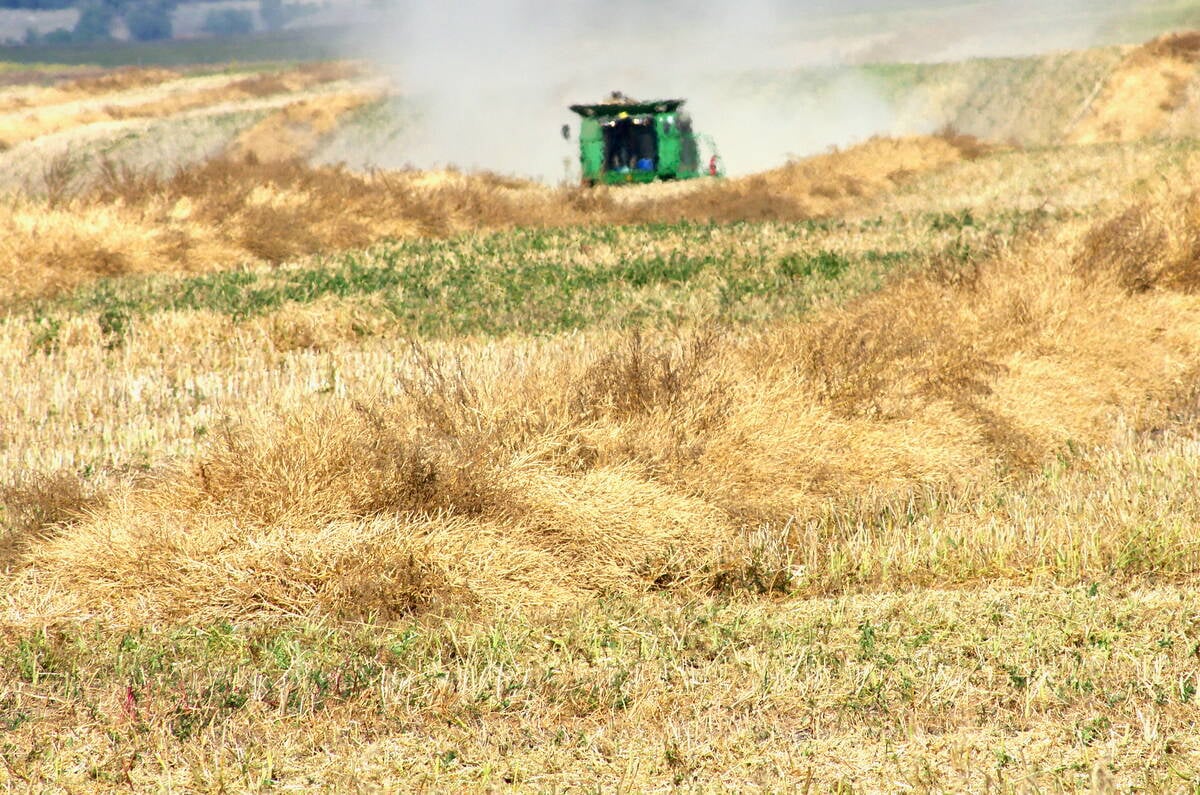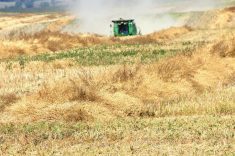As egg production rapidly expands in Manitoba, cracks are beginning to appear over the direction of the industry.
In the past year, farmers have seen the birth of two of the largest egg barns in Canada, with another large barn under construction.
Recently, a group of 22 egg producers went public with concerns about the future of traditional family-owned egg farms.
They think Manitoba Egg Producers, the provincial marketing board, has overstepped its rules through a 1996 regulation that allows producers to pool their quota and build large barns.
Read Also

Manitoba searches for Plan B on canola oil exports
A new report explores Manitoba’s current canola oil trade and possible alternative markets to the U.S.
John Wiebe, an egg producer from Niverville, Man., said traditional farms wanting to expand through buying quota are at a disadvantage compared to operations where a dozen producers put their quota under one roof.
In Manitoba, quota is bought and sold through a provincial exchange. Buyers and sellers must give up 12.95 percent of the quota they trade. It goes toward balancing the exchange, and a pool of quota for new egg farmers.
Wiebe said there seems to be more incentive to expand by consolidating quota into large operations with other producers.
At Dufrost, Man., 12 farmers opened Millini Egg Corp., a barn holding 150,000 hens. Another group of farmers is building an identical barn beside Millini Egg.
A group of pullet producers recently banded together to build an operation that will supply the two large layer barns.
Under contract
All three operations have feed supply and management contracts with Landmark Feeds, a company known for its involvement with vertically co-ordinated hog operations through Elite Swine Inc.
Wiebe said egg producers involved with the new big barns won’t have enough say in how the barns are run. He said they seem more like investor barns.
“It takes the agricultural production out of the farmers and puts it into the hands of a very few,” he said.
“We have a board that’s supposed to protect us against this, and the board didn’t follow their own rules.”
Wiebe wants the government to look into the actions of the egg board and remove the 12.95 percent assessment on quota sales.
But the chair of Manitoba Egg Producers said he thinks a lack of communication in a year of extreme changes is at the root of the group’s concerns.
“I think in ’98, we probably experienced more change in one year than we had in the previous five,” said Harold Froese, an egg producer from Oak Bluff, Man.
Froese said the board should have held more meetings with smaller groups of producers to talk about changes and what the board was doing. Concerns about industry concentration and the state of the family farm are valid, but he added it’s hard to define the family farm.
“Many egg producers are involved in other things, be it grain or hogs or off-farm jobs or they’ve got a truck on the side …,” he said.
When the board developed its rules about pooling quota, it included clauses to prevent egg barns from becoming mere investment vehicles, said Froese.
Shareholders in a barn must be involved in making decisions, he said. They can’t change the shareholder structure for five years, and then only with the approval of the marketing board.
Quota stays in province
The quota exchange, established under rules set out by the provincial government, ensures quota stays in Manitoba, and gives all producers the chance to sell quota, he said.
Since the group has made its concerns public, another group of farmers has started a petition of support for the marketing board, said Froese.
The petition has gathered close to 60 signatures, including some of the farmers who originally signed a petition drafted by Wiebe.
Manitoba’s agriculture minister Harry Enns said he has read letters from Wiebe, but thinks fears about farmers pooling their quota in the barns at Dufrost are “unfounded.”
“Is something so terribly wrong about that? I don’t have a problem with that,” said Enns.
Froese said he thinks the industry can accommodate traditional family farms, as well as large operations.
“As a producer, I’m convinced the outlook is very bright for a producer that has 5,000 birds, as well as one who has 50 or 100,000 birds.”














